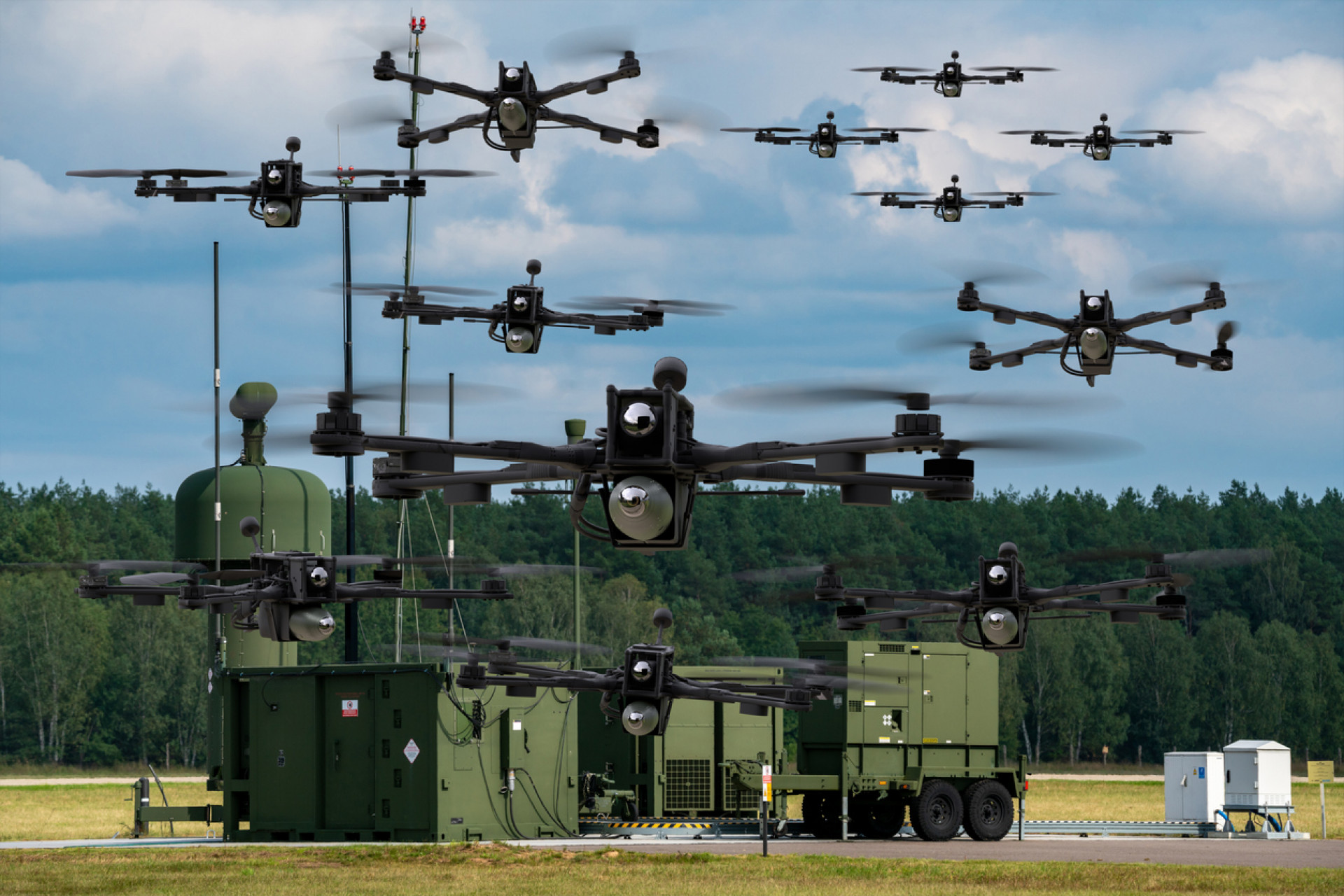China aims to pilot drone swarm with its advanced ‘Mighty Dragon’ fighters
J-20 twin-seat fighter jets might be used in sync with drones to increase firepower.

China’s military has suggested its advanced J-20 twin-seat fighter jets might be used in conjunction with drones to increase firepower.
The twin-seat J-20s can carry out coordinated reconnaissance, coordinated strikes, and coordinated command missions when coupled with drones, South China Morning Post (SCMP) reported on Sunday, quoting a Chinese military magazine.
“The purpose of building such a twin-seat J-20 is not to treat it simply as a trainer, its major role then will almost certainly be to coordinate with drones,” said Yang Wei, the chief designer of the aircraft, in an article published in Ordnance Industry Science Technology.
“As a manned aircraft, the J-20 can act as the commander of the drone swarm,” claimed the article.
J-20 as ‘commander of the drone swarm’

Despite the fact that the fighter can only carry four to six ground-strike munitions, its firepower can be increased by a swarm of drones, each of which can carry four to ten precision-guided munitions.
“The drones can be used as ‘eyes and ears’ that expand the scope of the J-20’s situational awareness and enhance manned aircraft’s ability to spy and locate enemy targets,” said the article quoted by SCMP.
A J-20 equipped with a swarm of drones, according to the article, may carry out operations, including early-warning missions and combat reconnaissance.
The report further stated that China will “still need to develop and expand the combat strategies between a manned plane and unmanned drones,” said the article.
“The use of drones allows a military force to initiate attacks faster and also to keep fighting despite losses … And they can bring a real advantage in modern combat.” Timothy Heath, a senior international defense researcher at the Rand Corporation, told SCMP.
In a video released in January of last year to commemorate the tenth anniversary of the J-20, commonly known as the Mighty Dragon, the twin-seat variant was computer-generated. The twin-seat J-20 prototype was later unveiled in October.
In the 1990s, U.S. efforts to create a two-seat stealth aircraft came to a standstill when an F-22 derivative was shelved to save money.
A twin-seat aircraft can be used to execute multi-role operations over a greater distance even though it is heavier than a single-seat aircraft, which is often smaller and more manoeuvrable, according to the report.
China is not the only one to pair jets with drones

China is not the only nation looking into crewed fighter and drone cooperation.
In July, Lockheed Martin announced that it was looking at how to pair U.S. fighters with a combination of disposable drone wingmen and more sophisticated autonomous systems.
Under “Project Carrera,” Lockheed will spend U.S. $100 million on F-35-controlled combat drones.
Frank Kendall, the secretary of the U.S. Air Force, stated last week that the service might launch a Collaborative Combat Aircraft (CCA) competition as early as fiscal 2024.
Kendall said that the Air Force might explore demonstrations where fighter squadrons test out some unmanned systems already on the market. At the same time, the service must find out how to integrate combat drones with standard fighter operations.
“You’d be employing an integrated unit at sub-scale,” Kendall said.
“You’d be integrating these [drones] with existing aircraft in a way which sort of prove out some of the tactics, techniques, and procedures, as well as things like maintenance concepts …and organizational structures,” he added.
 SHOW COMMENT ()
SHOW COMMENT ()









